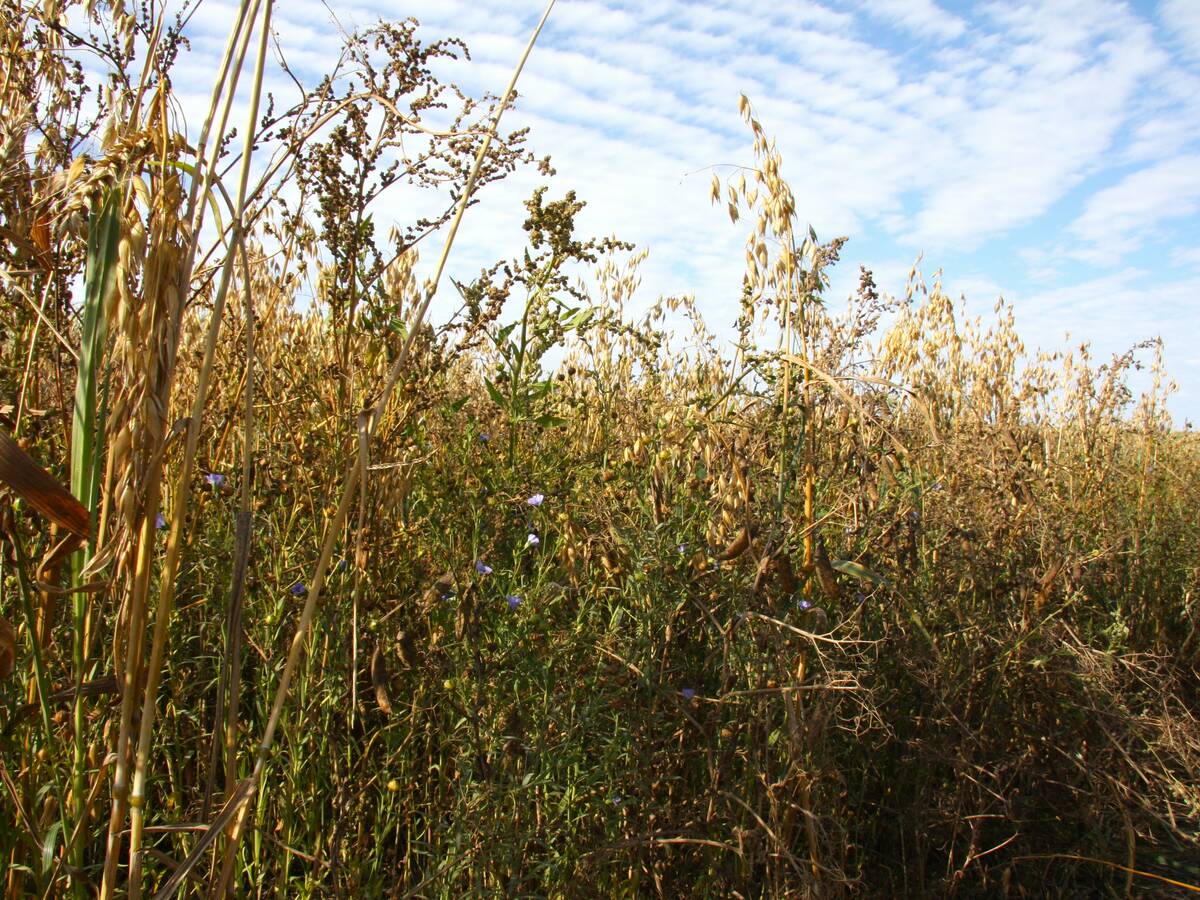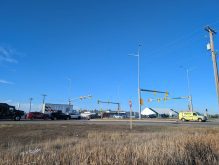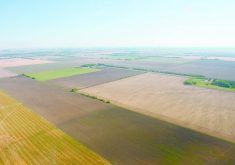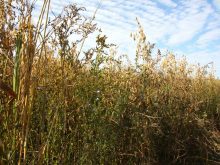Farm Credit Canada’s mid-year review shows cultivated farmland values rose an average of 5.5 per cent in the first half of 2024.
All provinces saw increases but at different rates.
Manitoba saw a 3.9 per cent increase, placing it around the middle of the pack. Saskatchewan topped the list at 7.4 per cent, while Ontario was second from the bottom at 2.1 per cent. Alberta saw an average increase of 4.6 per cent.
Read Also

PepsiCo nearly doubles regenerative scope
Another 240,000 farm acres managed through regenerative agriculture will be supported by PepsiCo across Manitoba and Saskatchewan by the end of 2025.
The 12-month increase ending in June was 9.6 per cent.
Chief economist J.P. Gervais said the trend of slower growth continues but is still considered strong.
“From the Saskatchewan standpoint, I would point to affordability,” he said regarding the higher increase in that province. He defines that as the price of land on a per acre basis relative to what a producer can gross from that land.
Land in Saskatchewan is still more available and affordable than other places.
“The availability of land is still very much very tight, and I think that explains the story that repeats itself a little bit, which is we expect this to slow down a little bit,” he said in an interview.
Growth has slowed in the most recent 12 months compared to the previous year.
Gervais said there have been more transactions in the last six months in Ontario compared to the Prairies.
One statistic is the share of gross income allocated to capital and interest payments when buying land, assuming 75 per cent of that is financed. In some cases, farmers can’t cover that, let alone the cost of inputs required to grow a crop.
“From an affordability standpoint, we’re touching on some (land) values that are really high relative to what you can gross,” he said.
That’s why Ontario land prices may be growing more slowly but average prices remain significantly high when converted to dollars per acre from that land.
Gervais said the upward trend continues in all provinces on strong demand to build or expand.
“Expectations of lower interest rates have already shown up in the marketplace, and I think that, as well, kind of explains a little bit why we’ve seen in the first six months some strong increases.”
Even lower commodity prices won’t stem growth much.
“We’re going to see revenues decline, maybe as much as 15 per cent for crop producers in the Prairies, and despite that there’s still very strong demand,” he said.
Lower interest rates expected in 2025 will provide more relief, but a limited supply of land should still sustain high prices. Demand for Canadian agricultural commodities is strong, and Gervais said only a supply shock is likely to move prices higher.
He said he doesn’t expect commodity prices to move lower. Despite the challenges of profitability, he believes producers have a positive outlook, which could also be a reason for land prices continuing to climb.
Gervais added productivity has been declining at a time when the main asset, land, has been increasing in value.
“We need to find the productivity gains to match the growth in asset values that we’re seeing in the marketplace.”















